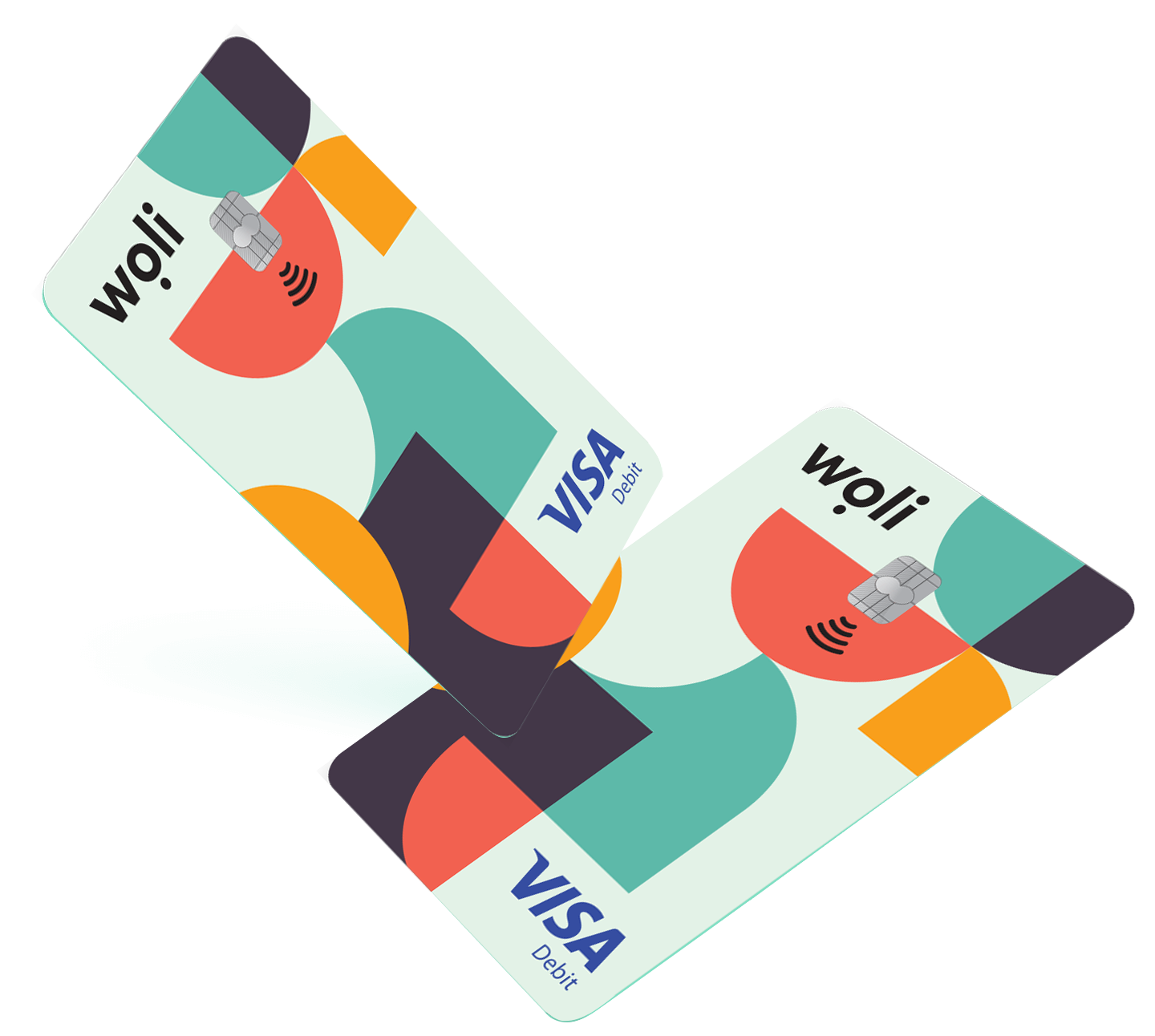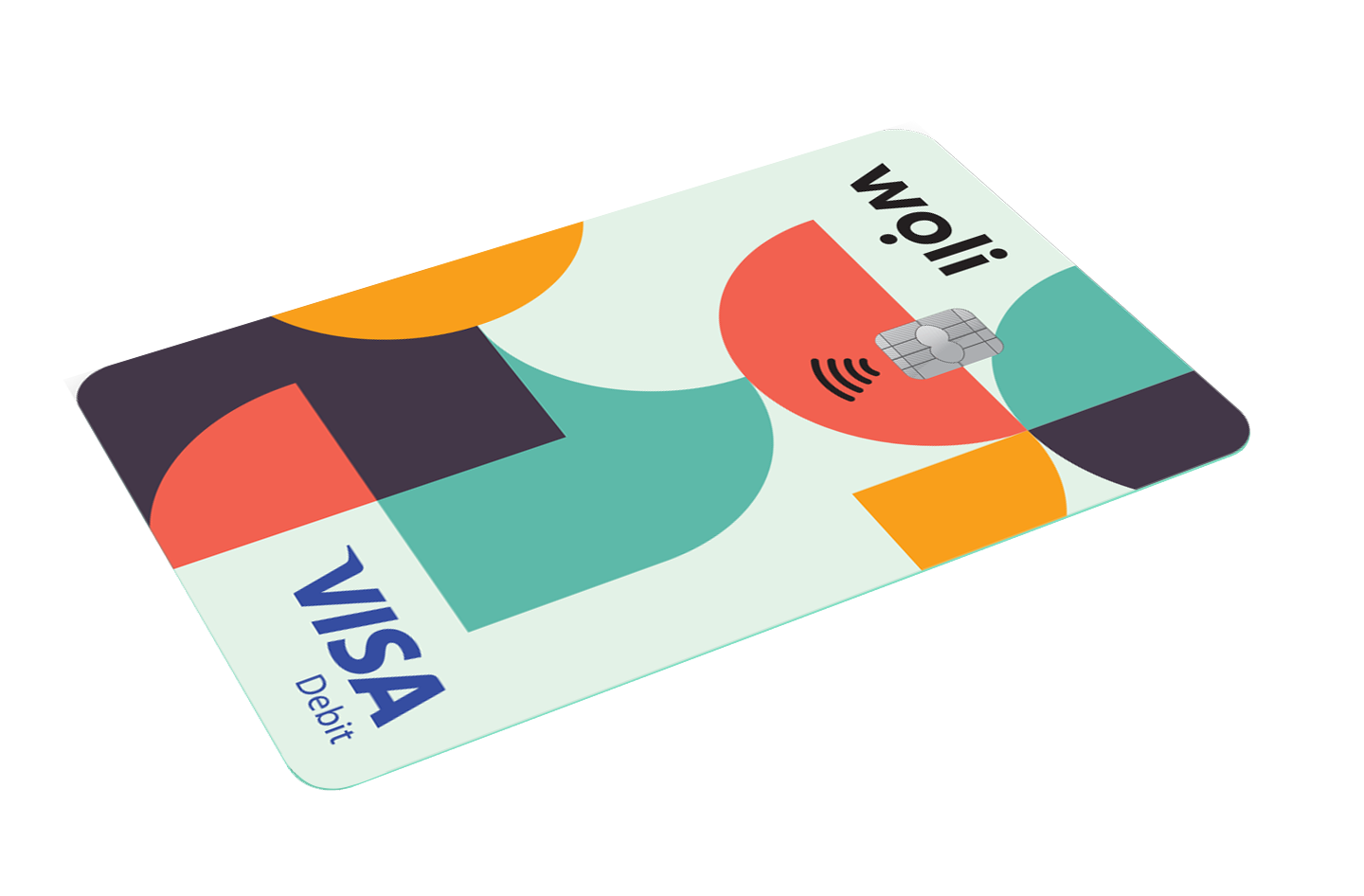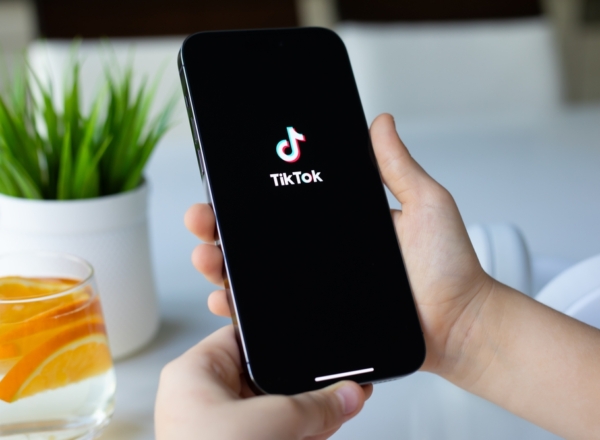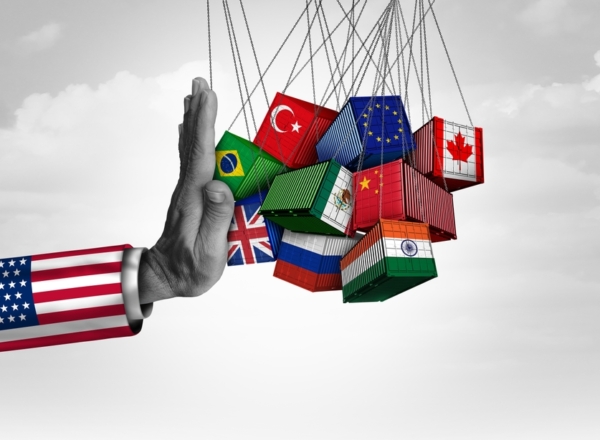Throughout history, people have gotten creative with coins, using things much stranger than the one you now hold in your hands. Forget credit cards and digital wallets (we’re talking giant stone wheels, fancy wings, and even… salt)! Get ready for a ride in the crazy world of money, because this is a history lesson that’s more fun than finding a twenty in your old jeans! Maybe not!
Banknotes and Bars: A Journey Τhrough Τime!
Before we get into the strange and wonderful world of money, let’s go back in time a little. The idea of money started a long time ago, when people first realised that bartering wasn’t always the most convenient way to get the things they needed. Imagine trying to trade your goat for a new pair of sandals, talk about an accounting nightmare! So people started using things that were:
Durable: They had to last a long time without falling apart. Would you ever use a banana for currency 🥴?
Portable: You wouldn’t want to carry around a huge rock every time you wanted to buy something!
Rare: The rarer something was, the more valuable it became.
Now that we’ve learned the basics, let’s get to the good stuff… The really weird things that people have used as money throughout history!
From the Sea to the Wallet: Coin from Shells!
Our journey to strange money starts at the ocean. Believe it or not, some of the earliest forms of currency were shells, specifically cowrie shells. These beauties were not just… beauties. They were considered valuable because they were durable, portable and relatively rare. Imagine walking down the street with a bag of shells instead of a wallet! Cowrie shells were especially popular in Africa, Asia and parts of North America, and their use as currency dates back thousands of years. So next time you’re at the beach, look a little closer at those shells, you may be holding a piece of ancient history!
Cash from Stone: The Rise (and Fall) of Giant Stone Money!
Forget the shells, because now we’re going to be… heavy! On the island of Yap in Micronesia, people used giant stone wheels called Rai stones as currency. These were not your ordinary pebbles.. sometimes measuring up to 4 meters, with a hole in the middle that was used for carrying them
Rai was and is still used as a trading currency there and they were primarily sourced from nearby Palau. The Yapese would make perilous sea voyages to quarry these large, ancient stones. In exchange, Palauans received goods like copra and beads. The stones’ value was determined by their size, age, and the risk involved in transporting them. Today, as rai stones are no longer mined, their value is fixed.
The Salt of the Earth (and the Wallet): The Salty History of Salt Money!
Salt may look like a condiment nowadays, but in ancient times it was a valuable commodity. This is because salt was essential for preserving food and adding flavor. In some parts of Africa and Asia, salt was even more valuable than gold! So it makes sense that people started using it as a form of currency. Bricks or salt bars were used for trade and their value was based on the size and purity of the salt.
From Seed to Consumption: How Cocoa Beans Became Money!
Get over Bitcoin, because Cocoacoin is coming. In Mesoamerica and parts of South America, cocoa beans, the main ingredient in chocolate, were used as currency. Cocoa beans were not only delicious, but they were also a valuable source of nutrients and energy. The value of cocoa beans depended on their quality and size and were often used for larger transactions, such as buying land. So next time you enjoy a piece of chocolate, remember that you may be holding a piece of ancient coinage in your hand!
The Rise of Metals: From Copper to Bitcoin!
As societies developed, so did their monetary systems. People began to use metals such as copper, iron and eventually silver and gold as currency. These metals were valuable for a variety of reasons:
Durable: They would not rust or rot easily, unlike some of the more… organic forms of currency we mentioned earlier.
Divisible: Metals could easily be melted down and formed into smaller pieces, making them ideal for transactions of different sizes. Imagine trying to break a giant Rai stone in half to pay for a loaf of bread!
Rare: Not all metals were readily available, which gave them added value.
The use of metal coins as money marked a major turning point in human history. It made trade more efficient and standardized, paving the way for the development of complex economies. From the first simple copper coins to the shiny gold and silver pieces used for centuries, metallic money dominated the economic landscape for a long time.
The Paper Hunt: The Rise of Paper Money!
If we fast forward a few thousand years, we see the emergence of paper money. This was a major innovation, as it was lighter and easier to carry than metal coins. The first paper money was used in China around the 7th century AD. It was made of pulp and stamped with official seals. Although it took some time for paper money to gain widespread acceptance, it eventually became the dominant form of currency in many parts of the world.
Money Flies (Literally): The Colourful World of Winged Money!
Forget fancy hats, because in some cultures, feathers were the ultimate fashion statement and a valuable form of currency! In the Hawaiian Islands, for example, brightly colored feathers from native birds like the O’u (now extinct) were highly prized. These feathers, called ʻahu ʻula (don’t try to pronounce it, you might twist your tongues), were worn by kings and chiefs as a symbol of power. They were also used as a form of currency for important transactions such as buying land or canoes.
The Digital Revolution: The Dawn of Electronic Money!
And now, in the 21st century, we are living another economic revolution. The rise of digital/electronic money. With the growth of online banking and electronic transactions, physical cash is becoming less and less common. We use credit cards, debit cards, and even digital wallets to pay for things.
E-money is convenient, fast and secure, making it ideal for our increasingly digital world. And don’t forget that there’s always Woli, the best VISA debit card and mobile app designed for young people between 8-18 years old. With Woli children can make purchases online and in stores, in a safe and secure way. In addition, they can track their spending directly from the Woli app. It’s like having your own digital bank at their your fingertips! So whether you’re buying that new video game you’ve been eyeing or saving up for a summer adventure, Woli makes managing your money in the digital age a breeze.
From Shells to Servers: A Recap!
So there you go! A tour of some of the strangest and most fascinating things people have used as money in history. From the humble conch to the giant stone wheel, from the delicious cocoa bean to the shiny gold coin, humans have gotten pretty creative when it comes to finding ways to trade and exchange goods. Next time you pull out your wallet or open your phone to pay for something, take some time to appreciate the long and fascinating history of money!
Download now the Woli app on Android or iOS, follow the steps to add your child and win 30 days FREE on the premium subscription plan BASIC and the physical Woli card for FREE!






